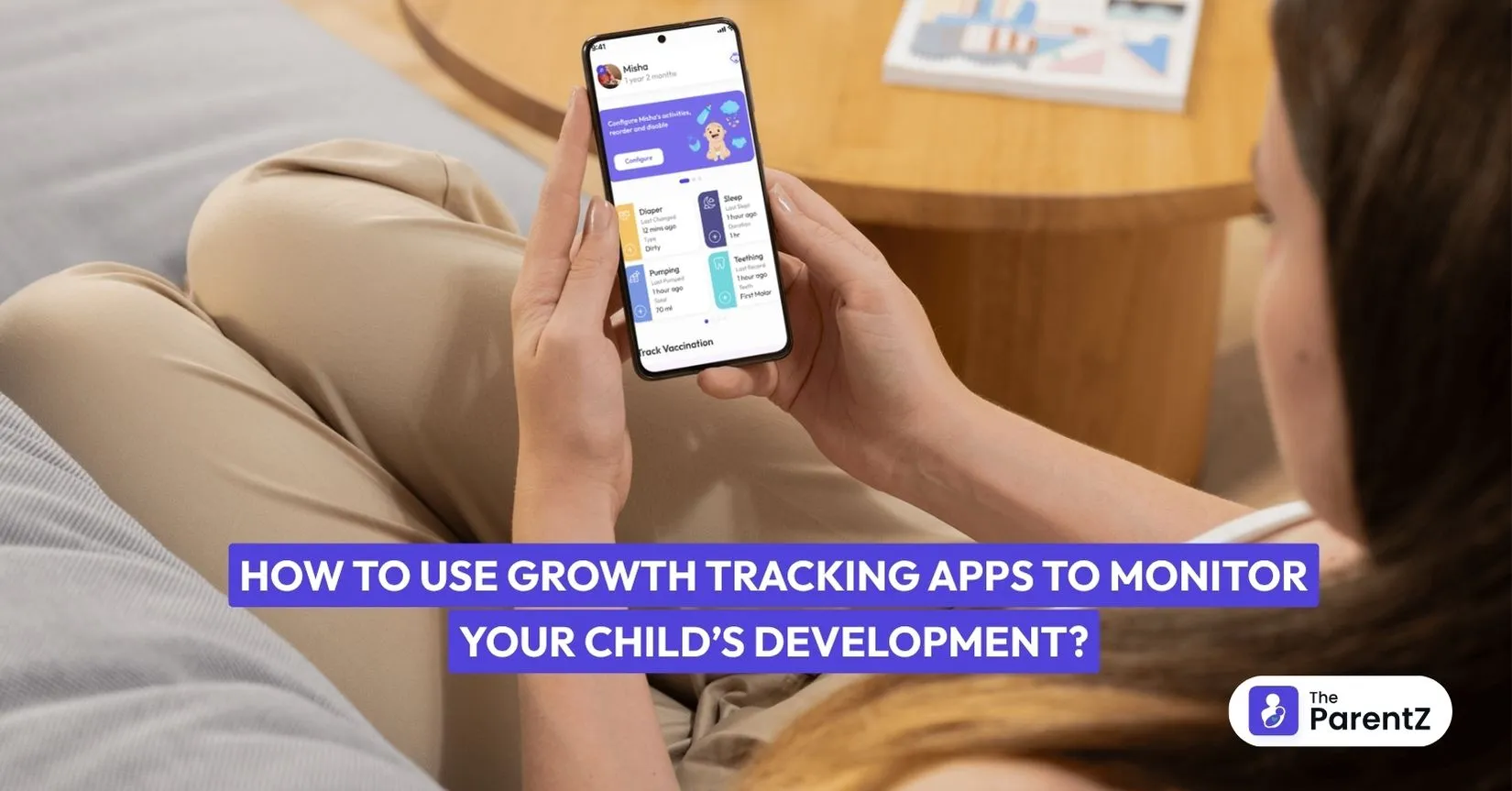There’s something truly special about watching your child grow. One day, they’re tiny enough to fit in the crook of your arm, and the next, they’re taking their first wobbly steps. As parents, we all want to make sure our children are growing healthy and strong. But often, we’re left wondering, “Is my child growing at the right pace?” “Are they hitting the milestones they should?” These questions can be overwhelming. That’s where growth-tracking apps come in.
Years ago, parents had to rely on pen-and-paper charts, scattered doctor notes, and their own memory to keep track of a child’s development. Today, with just a few taps on your phone, you can record your child’s height, weight, milestones, vaccinations, and even daily habits. And most importantly, you can spot patterns or concerns early.
Let’s talk about how you can actually use these apps, step by step, and what you should keep in mind while doing so. Whether you're a first-time parent or simply trying to be more organized this time around, this guide is for you.
Why Growth Tracking Matters
Children grow fast, sometimes faster than we notice. Tracking their development is not just about numbers. It’s about noticing how your child is adapting to the world around them, physically and emotionally.
Growth tracking helps with the following:
- Spotting early signs of delays
- Recording milestones like crawling, talking, or the first tooth
- Keeping an eye on height and weight in relation to age
- Ensuring timely vaccinations
- Having information ready for pediatric appointments
It gives peace of mind. And if anything seems off, you can take action sooner.
Why Apps Make It Easier
Let’s face it, life as a parent is chaotic. Between feeding, diaper changes, school runs, and bedtime stories, it’s hard to keep mental notes of everything.
With a good app, you can:
- Log information daily or weekly
- View charts and graphs instantly
- Get reminders for vaccines or doctor visits
- Access everything in one place
- Share records with your pediatrician if needed
Apps like TheParentZ Baby Growth & Health Tracker App are designed to make your life simpler, not harder. And don’t worry; you don’t need to be tech-savvy to use them.
Step-by-Step: How to Start Using a Growth Tracking App
Step 1: Choose a Good App
Start by picking a reliable app with a clean interface. It should offer options to track things like height, weight, head circumference, feeding patterns, and developmental milestones.
Try looking for one that’s designed for your region and understands your parenting style. TheParentZ Baby Growth & Health Tracker App is a good example—it’s designed with a parent's needs in mind.
Step 2: Create a Profile for Your Child
Once you’ve installed the app, enter your child’s basic info—name, gender, birth date, and birth weight. This helps the app calculate percentiles and growth charts specific to your child’s age and background.
Step 3: Enter Historical Data
If you’re starting a little late (which is completely okay), try to fill in past data from doctor visits or vaccination cards. Many apps allow you to back-date entries.
Step 4: Set Reminders and Alerts
Use the app’s reminder features for upcoming vaccines, checkups, or even feeding times. Trust me, when you’re sleep-deprived, those gentle nudges are a blessing.
Step 5: Start Daily or Weekly Logs
You don’t need to log every little sneeze. But tracking weight every couple of weeks, recording new milestones, and updating feeding habits weekly can help you see a clearer picture.
Things to Avoid
Using a tracking app should support your parenting, not stress you out. Here are some common traps to avoid:
1. Obsessing Over Every Chart: It’s natural to worry when a percentile dips, but remember that kids grow at their own pace. One low data point isn’t a red flag. Focus on the overall trend.
2. Comparing with Other Kids: Every child is unique. Just because your friend’s baby walked at 10 months doesn’t mean yours is behind at 13 months. Avoid comparisons—they rarely help.
3. Forgetting to Update: Set a simple routine. Maybe every Sunday evening, you log the week’s updates. Keeping it regular helps the app give you better insights.
4. Ignoring Your Gut Feeling: Apps are great tools, but your instincts matter more. If you feel something’s not right—even if the chart looks fine—always reach out to your pediatrician.
How to Read the Data
Growth tracking apps usually show charts, curved lines representing healthy growth percentiles. If your child is consistently following their curve (even if it's the 15th percentile), that’s often perfectly healthy.
If there are sudden drops or spikes, the app might flag it for you. This is where you can show your pediatrician the chart and get expert advice. Having all this data in your pocket saves so much back-and-forth guessing.
A Word on Milestones
It’s not just about height and weight. Milestones matter too—rolling over, sitting up, smiling, saying “mama,” walking. Apps let you log these little victories, and some even guide you on what to expect at each stage.
That said, always remember that milestones are general guidelines, not deadlines. Celebrate your child’s progress, no matter the pace.
Conclusion
Parenting is one big learning curve. And in this digital age, we’re lucky to have tools that make it easier to stay informed, prepared, and calm. Growth tracking apps are not about adding another task to your already full plate. They’re about helping you feel in control and more connected to your child’s journey.
So go ahead, download that app, get to know the features, and take it one step at a time. You’re not alone, and there’s no perfect way to do this. What matters is that you care, you’re present, and you’re doing your best.
And with something as easy and helpful as TheParentZ Baby Growth & Health Tracker App, you’re already one step ahead.








Be the first one to comment on this story.